1. Cressman MR, Pawl RP. Serpentine myelographic defect caused by a redundant nerve root. Case report. J Neurosurg. 1968; 28:391–393. PMID:
5643934.
2. Fukuyama S, Nakamura T, Ikeda T, Takagi K. The effect of mechanical stress on hypertrophy of the lumbar ligamentum flavum. J Spinal Disord. 1995; 8:126–130. PMID:
7606119.

3. Kondo A, Koyama T, Ishikawa J, Hanakita J, Iwaki K. Redundant nerve roots of the cauda equina. Acta Neurochir (Wien). 1978; 42:209–215. PMID:
717072.

4. Kosaka H, Sairyo K, Biyani A, Leaman D, Yeasting R, Higashino K, et al. Pathomechanism of loss of elasticity and hypertrophy of lumbar ligamentum flavum in elderly patients with lumbar spinal canal stenosis. Spine (Phila Pa 1976). 2007; 32:2805–2811. PMID:
18246001.

5. Koyama T, Tsuji N, Handa J. [Redundant nerve roots--a review of its pathogenesis, clinical diagnosis and surgical treatment]. No Shinkei Geka. 1985; 13:1265–1270. PMID:
3911095.
6. Min JH, Jang JS, Lee SH. Clinical significance of redundant nerve roots of the cauda equina in lumbar spinal stenosis. Clin Neurol Neurosurg. 2008; 110:14–18. PMID:
17881117.

7. Moon HJ, Park YK, Ryu Y, Kim JH, Kwon TH, Chung HS, et al. The angiogenic capacity from ligamentum flavum subsequent to inflammation : a critical component of the pathomechanism of hypertrophy. Spine (Phila Pa 1976). 2012; 37:E147–E155. PMID:
21673619.
8. Naguib MG, Latchaw RE, Erickson DL, Seljeskog EL. Redundant nerve roots of the cauda equina. Neurosurgery. 1981; 9:444–449. PMID:
6272154.

9. Nakamura T, Hashimoto N, Maeda Y, Ikeda T, Nakagawa H, Takagi K. Degeneration and ossification of the yellow ligament in unstable spine. J Spinal Disord. 1990; 3:288–292. PMID:
1724936.

10. Nakatani T, Marui T, Hitora T, Doita M, Nishida K, Kurosaka M. Mechanical stretching force promotes collagen synthesis by cultured cells from human ligamentum flavum via transforming growth factor-beta1. J Orthop Res. 2002; 20:1380–1386. PMID:
12472256.

11. Ogikubo O, Forsberg L, Hansson T. The relationship between the cross-sectional area of the cauda equina and the preoperative symptoms in central lumbar spinal stenosis. Spine (Phila Pa 1976). 2007; 32:1423–1428. discussion 1429. PMID:
17545910.

12. Okuda T, Baba I, Fujimoto Y, Tanaka N, Sumida T, Manabe H, et al. The pathology of ligamentum flavum in degenerative lumbar disease. Spine (Phila Pa 1976). 2004; 29:1689–1697. PMID:
15284518.

13. Ono A, Suetsuna F, Irie T, Yokoyama T, Numasawa T, Wada K, et al. Clinical significance of the redundant nerve roots of the cauda equina documented on magnetic resonance imaging. J Neurosurg Spine. 2007; 7:27–32. PMID:
17633484.

14. Pau A, Viale ES, Turtas S, Viale GL. Redundant nerve roots of the cauda equina. Surg Neurol. 1981; 16:245–250. PMID:
6272439.

15. Rengachary SS, McGregor DH, Watanabe I, Arjunan K, Kepes JJ. Suggested pathological basis of "redundant nerve root syndrome" of the cauda equina. Neurosurgery. 1980; 7:400–411. PMID:
7003432.

16. Sairyo K, Biyani A, Goel V, Leaman D, Booth R Jr, Thomas J, et al. Pathomechanism of ligamentum flavum hypertrophy : a multidisciplinary investigation based on clinical, biomechanical, histologic, and biologic assessments. Spine (Phila Pa 1976). 2005; 30:2649–2656. PMID:
16319751.

17. Schonstrom NS, Bolender NF, Spengler DM. The pathomorphology of spinal stenosis as seen on CT scans of the lumbar spine. Spine (Phila Pa 1976). 1985; 10:806–811. PMID:
4089655.

18. Suzuki K, Ishida Y, Ohmori K, Sakai H, Hashizume Y. Redundant nerve roots of the cauda equina : clinical aspects and consideration of pathogenesis. Neurosurgery. 1989; 24:521–528. PMID:
2540446.

19. Suzuki K, Takatsu T, Inoue H, Teramoto T, Ishida Y, Ohmori K. Redundant nerve roots of the cauda equina caused by lumbar spinal canal stenosis. Spine (Phila Pa 1976). 1992; 17:1337–1342. PMID:
1334281.

20. Verbiest H. A radicular syndrome from developmental narrowing of the lumbar vertebral canal. J Bone Joint Surg Br. 1954; 36:230–237. PMID:
13163105.

21. Yukawa Y, Lenke LG, Tenhula J, Bridwell KH, Riew KD, Blanke K. A comprehensive study of patients with surgically treated lumbar spinal stenosis with neurogenic claudication. J Bone Joint Surg Am. 2002; 84:1954–1959. PMID:
12429755.

22. Zhong ZM, Zha DS, Xiao WD, Wu SH, Wu Q, Zhang Y, et al. Hypertrophy of ligamentum flavum in lumbar spine stenosis associated with the increased expression of connective tissue growth factor. J Orthop Res. 2011; 29:1592–1597. PMID:
21484860.

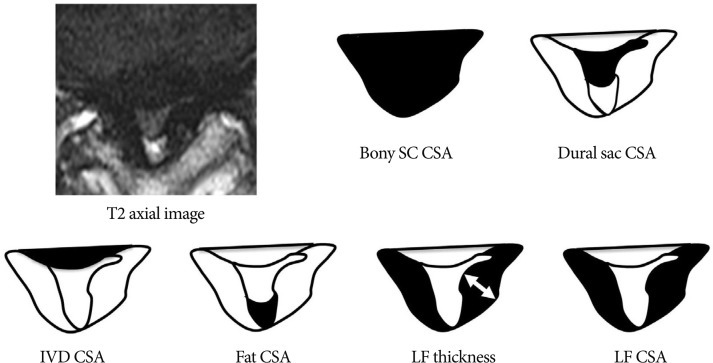
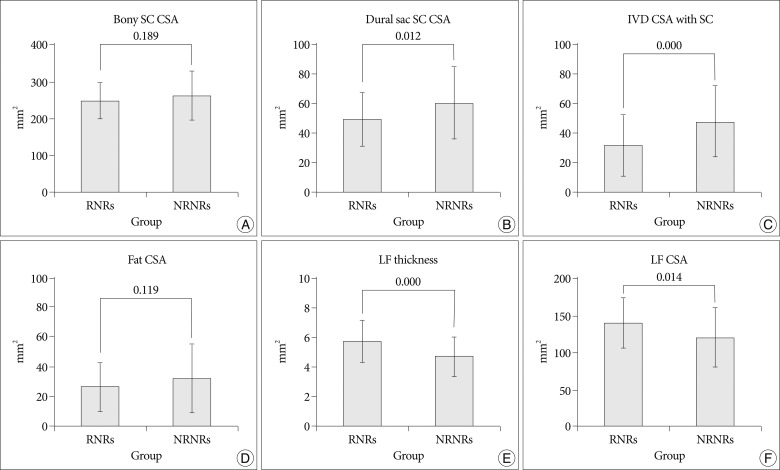




 PDF
PDF ePub
ePub Citation
Citation Print
Print




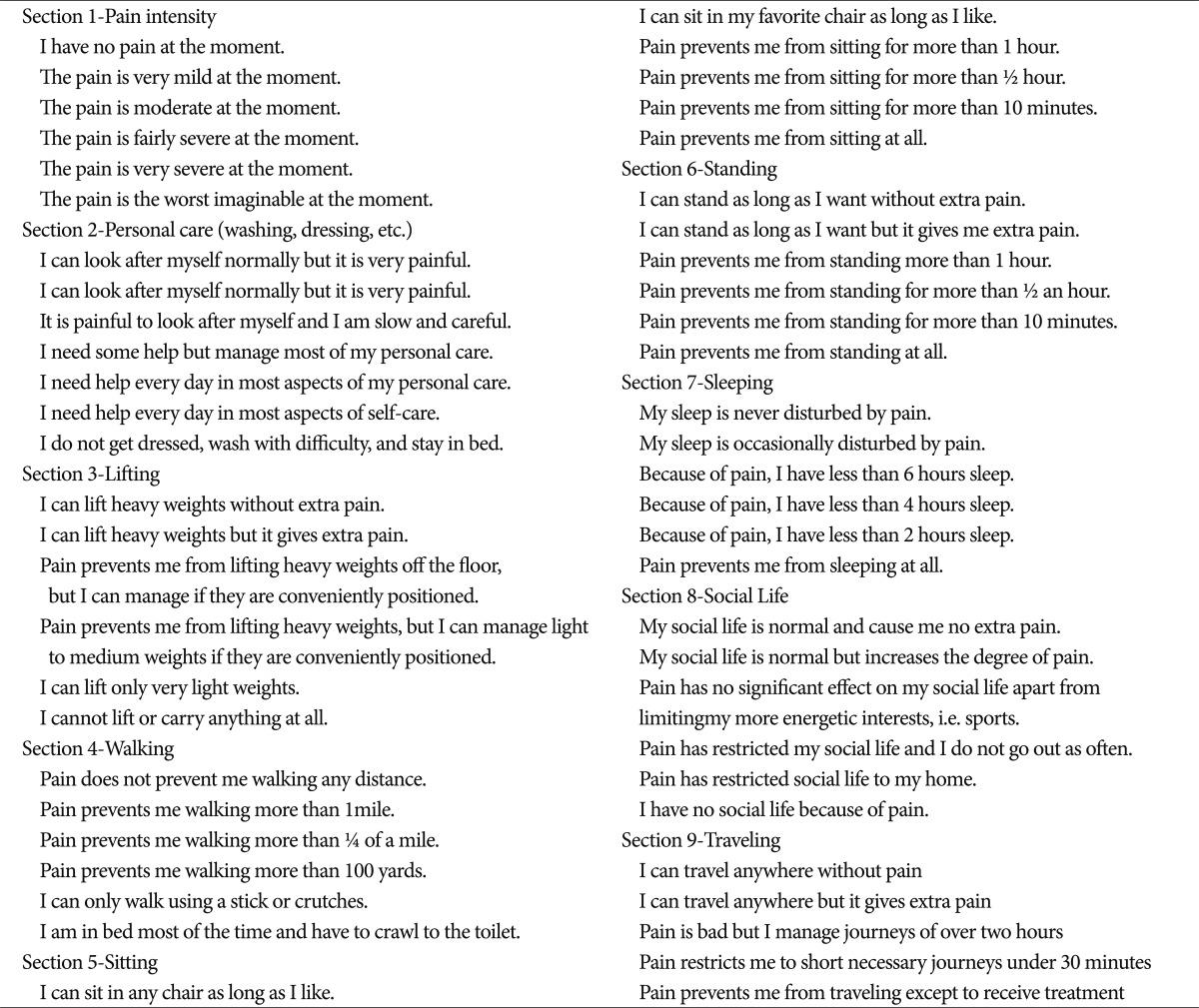
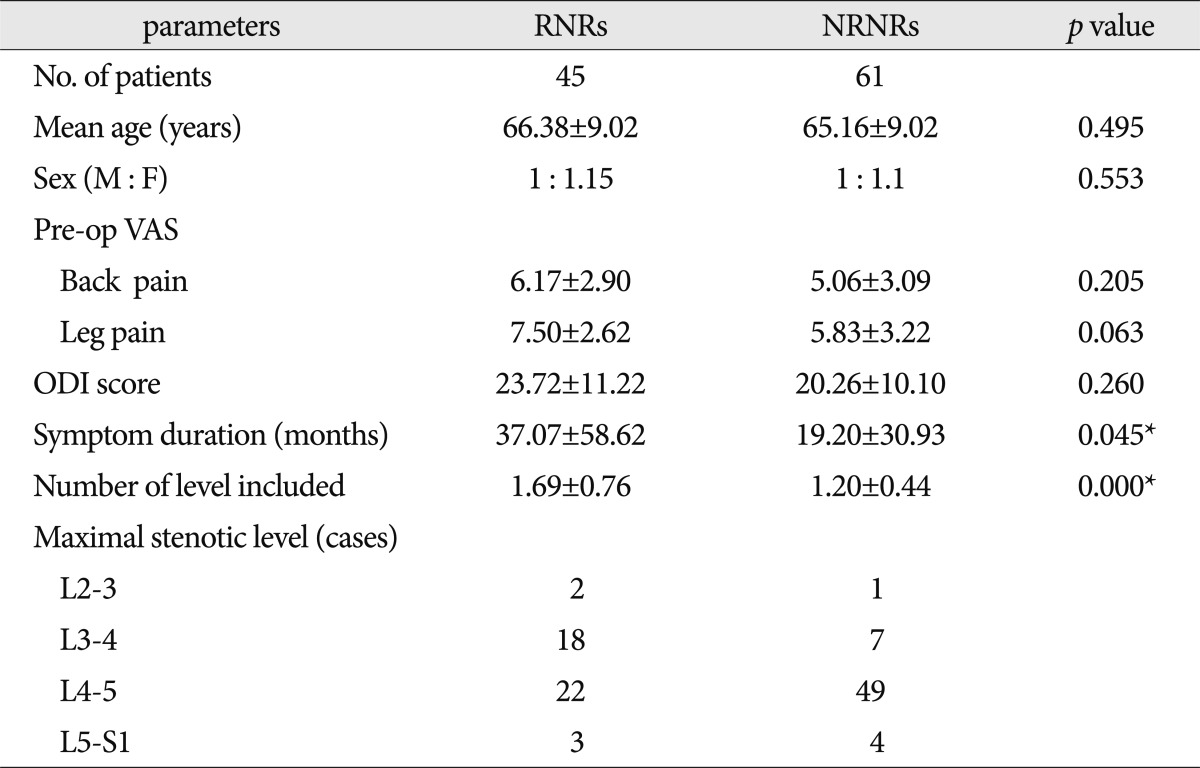
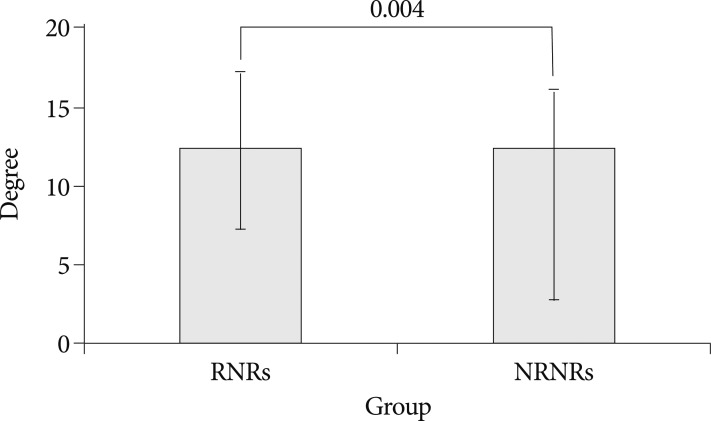

 XML Download
XML Download